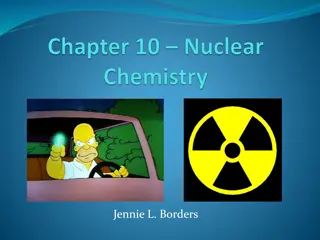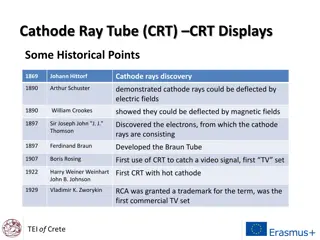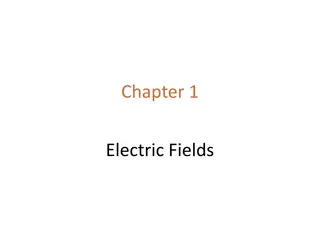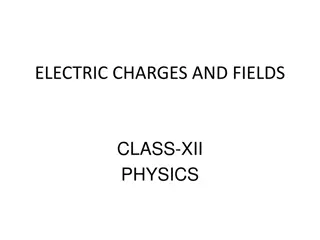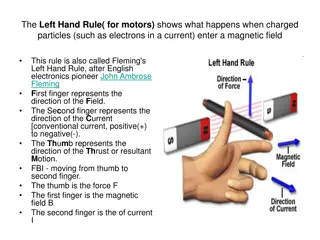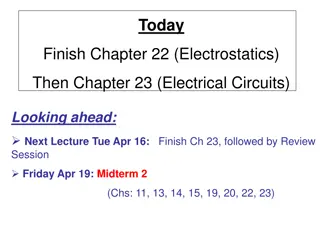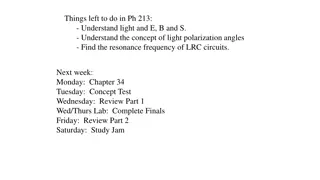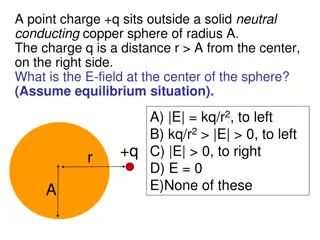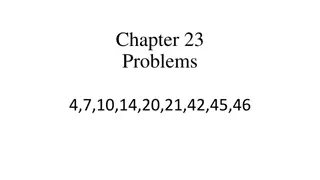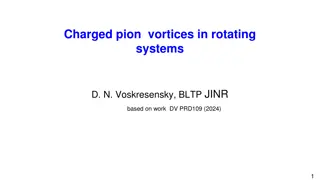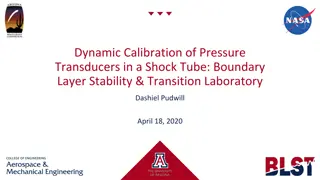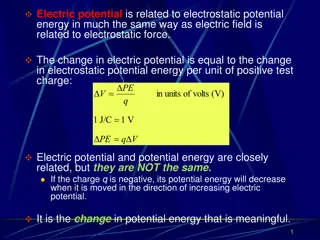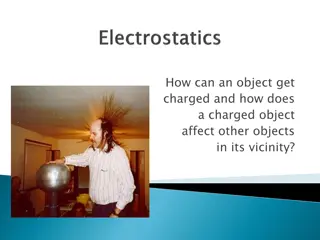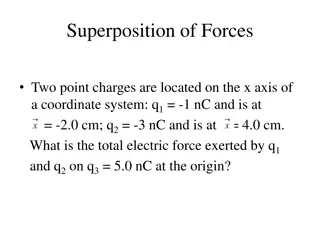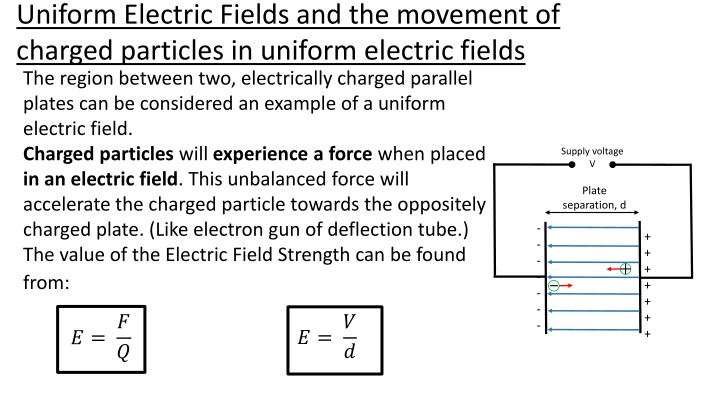
Uniform Electric Fields and Charged Particle Movement
Learn about the principles of uniform electric fields and the movement of charged particles in such fields, using examples like the deflection tube setup. Explore topics such as electric field strength calculation, particle deflection, and force interactions in this interactive guide.
Download Presentation

Please find below an Image/Link to download the presentation.
The content on the website is provided AS IS for your information and personal use only. It may not be sold, licensed, or shared on other websites without obtaining consent from the author. If you encounter any issues during the download, it is possible that the publisher has removed the file from their server.
You are allowed to download the files provided on this website for personal or commercial use, subject to the condition that they are used lawfully. All files are the property of their respective owners.
The content on the website is provided AS IS for your information and personal use only. It may not be sold, licensed, or shared on other websites without obtaining consent from the author.
E N D
Presentation Transcript
Uniform Electric Fields and the movement of charged particles in uniform electric fields The region between two, electrically charged parallel plates can be considered an example of a uniform electric field. Chargedparticles will experience a force when placed in an electric field. This unbalanced force will accelerate the charged particle towards the oppositely charged plate. (Like electron gun of deflection tube.) The value of the Electric Field Strength can be found from: Supply voltage V Plate separation, d - - - - - - - + + + + + + + ? ? ? ? ? = ? =
+ High V When a charged particle enters at right angles to the electric field, the particle again experiences an unbalanced force that accelerates it towards the oppositely charged plate, deflecting it from its original path. This is called electric field deflection. This is similar to a projectile in a gravitational field: constant horizontal velocity and constant vertical acceleration. The resulting path is parabolic. Newton s second law and equations of motion can be used to solve problems in this context. + + + + + + + Plate separation, d. - - - - - - - - High V
Example: The Deflection Tube In the deflection tube, electrons are accelerated off of a glowing filament by the electric field of High-Voltage (High-Tension) supply. (Electron gun) The beam is then passed between two parallel plates. When another High Voltage is applied across these plates the beam of electrons can be deflected by the uniform electric field between the plates. R 0.080 m 6.3 V 2.3 A a.c. supply for heating filament. P 0.050 m 2.5 kV 500 V - + - + Vacuum inside tube High Voltage D.C. Supply High Voltage D.C. Supply The mass of an electron, me = 9.11 x 10-31 kg The charge, Q, on an electron, e = 1.6 x 10-19 C
Example: The Deflection Tube a)Calculate the speed of the electron at point P just as it leaves the electron gun. b)How long does the electron remain between the parallel plates? c) Calculate the electric field strength between the parallel plates? d)Calculate the force acting on the electron due to this electric field? e)What is the vertical displacement of the electron from the central beam path just at position R as it leaves the parallel plates? f) What is the vertical velocity of the electron at position R? g)What is the resultant velocity of the electron at R?

